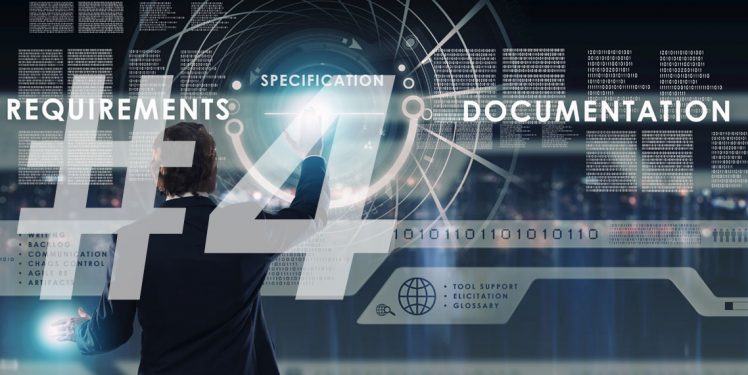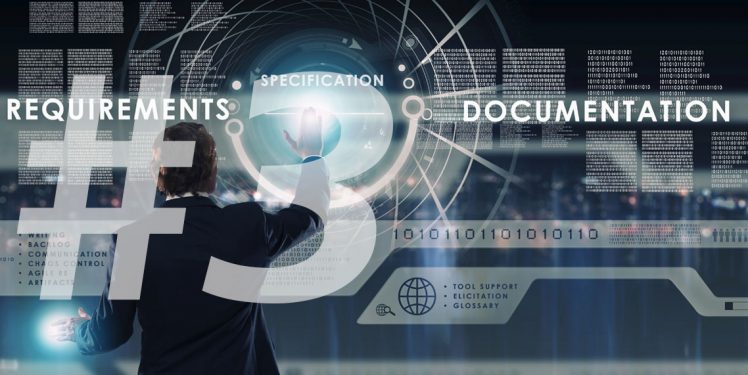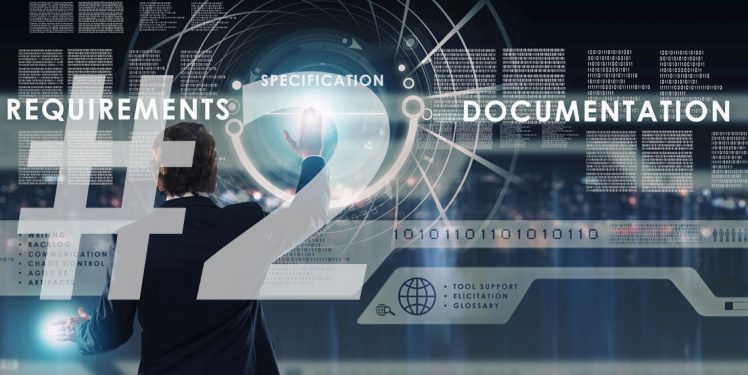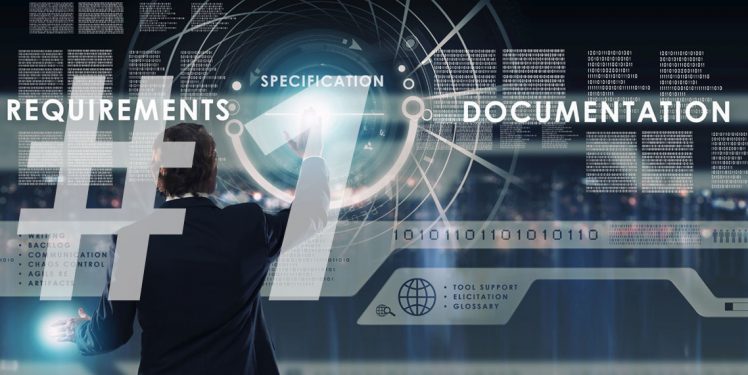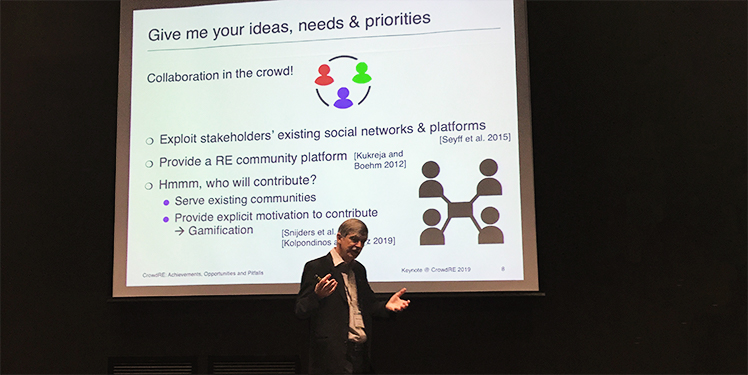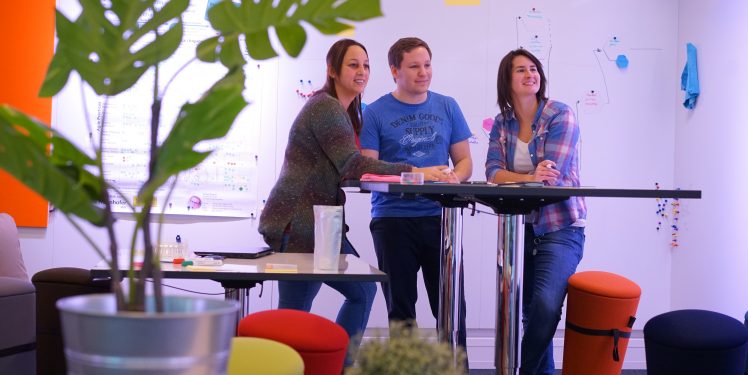Requirements Specification (4/5): Containing Document Size in Agile Requirements Documentation
The documentation of requirements is an important means within requirements engineering. In projects with few requirements changes over their runtime, good documentation can be achieved with relative ease. For agile projects, however, it is in their nature that their requirements…

